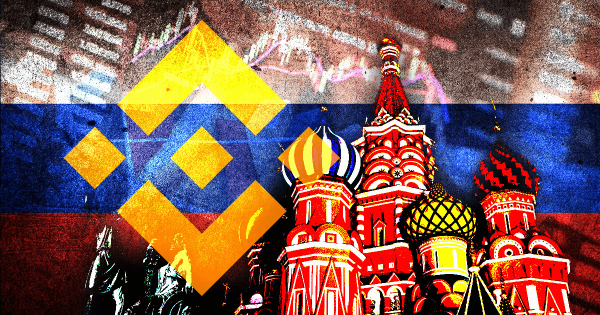Binance removes five sanctioned Russian banks from P2P trading: WSJ

Binance has removed several sanctioned Russian banks from its peer-to-peer (P2P) trading service, The Wall Street Journal reported on Aug. 25.
The news outlet cited a quote from Binance, which stated:
“We regularly update our systems to ensure compliance with local and global regulatory standards. When gaps are pointed out to us, we seek to address and remediate them as soon as possible … [Payment methods that] do not fit with our compliance policies are not available on our platform.”
The report detailed that five banks are no longer available on Binance’s P2P crypto trading service. That service otherwise includes options allowing users to make direct transfers to and from bank accounts in exchange for crypto.
Controversy around those Russian banks emerged earlier in the week. On Aug. 22, WSJ reported that the company continued to allow peer-to-peer trading involving the Russian banks in question. Furthermore, Binance volunteers allegedly advertised an absence of Russian trading restrictions on Telegram.
Later, reports from Russian media suggested that Binance renamed certain bank options to hide their sanctioned status. The Russian majority state-owned Sberbank and the branchless neobank Tinkoff were displayed as “green local card” and “yellow local card,” matching the respective logo color schemes of those two banks.
The Wall Street Journal additionally identifies Rosbank as one of the now-delisted and sanctioned banks. It is unclear which other Russian banks were originally present on, or have been removed from, Binance’s peer-to-peer trading platform.
Binance is largely available to Russian users
Binance’s P2P exchange continues to support several other Russian banks that are either not sanctioned or only partially sanctioned. The P2P exchange lists 16 Russian payment methods, including major banks such as Russian Standard Bank, Home Credit Bank, and Raiffeisenbank. Russian users can also make non-bank transfers through payment processors such as Payeer and Advcash.
The Wall Street Journal’s latest report additionally suggests that Russian users are able to use the delisted banks by manually inputting bank details.
Binance’s P2P policies are separate from its more restrictive main exchange policies. However, even those policies are being liberalized: while Binance placed a €10,000 limit on Russian accounts in April 2022, it lifted that policy in April 2023.

